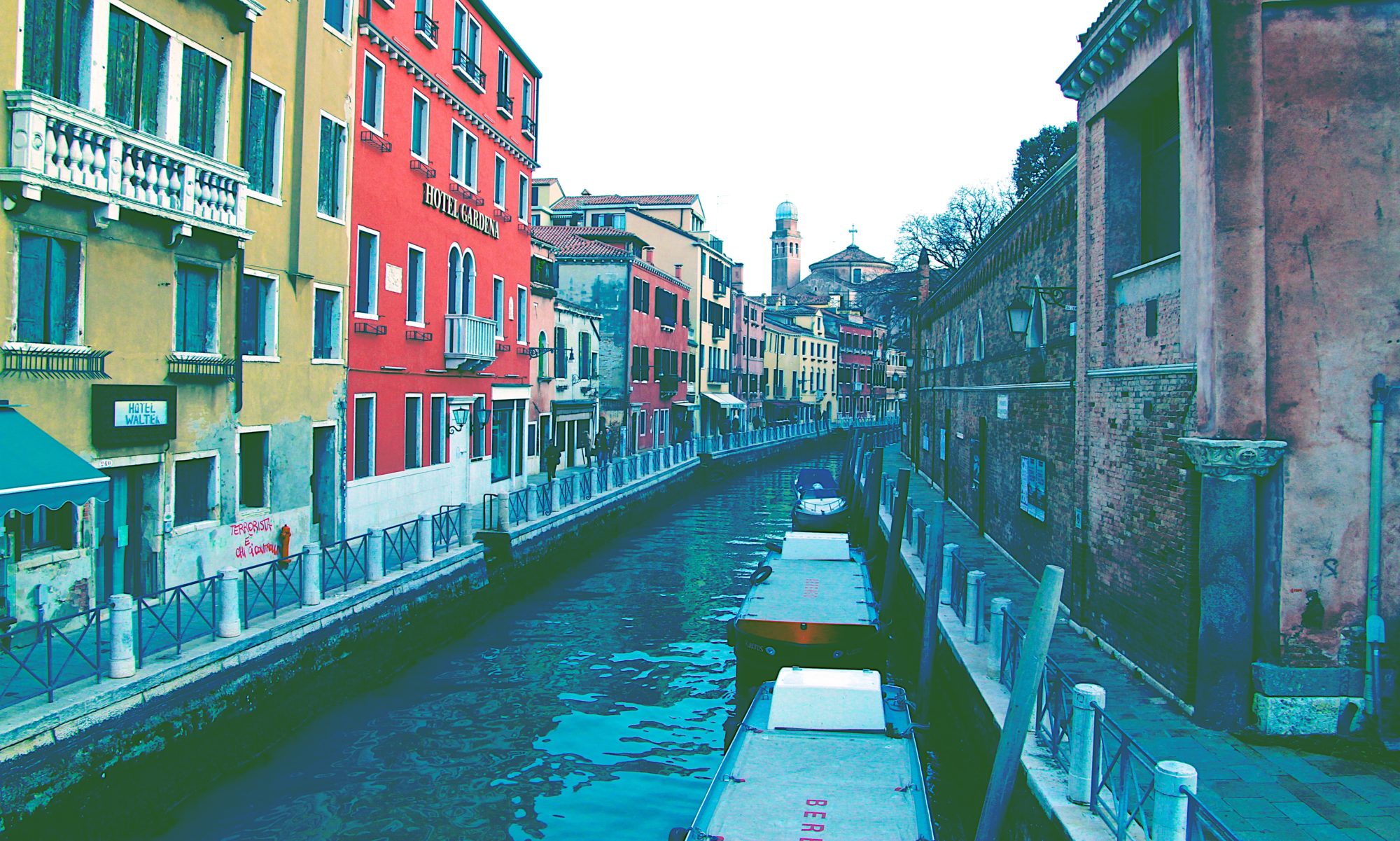Welcome to the third appointment of our new collaboration with Venice in Pattern: a person, a place, one story, many emotions.
***
Personality: Elena Cornaro Piscopia.
Place: Palazzo Corner Loredan Piscopia (Rialto).

***
“If a June night could talk, it would probably boast it invented romance” once said Bernard Williams and this is what I truly feel these evenings.
Nights start to be better than the day. The light nocturne breeze and the sounds of nature surrounds our senses and overwhelm our emotions. And finally, also the silence becomes our friend.
For this month of romance, we would like to send a letter to a great woman who gave up love for the love of culture. And, by doing this, we would like to wish her a belated happy birthday and congratulate her for the amazing results she was able to achieve.

***
Elena Cornaro Piscopia
Our story starts at Palazzo Loredan (Venice) on 5 June 1646. She was born illegitimate child of Gianbattista Cornaro-Piscopia – one of the most influential people of the Republic of Venice – and Zanetta Boni, a poor woman from a peasant family who was serving as mistress of Gianbattista. As an illegitimate child, she could not become noble as it was forbidden by Venetian law.
Since childhood, she was perceived as a young genius able to master many different languages (latin, Greek, French and Spanish by the age of seven).
Even if back then education was a closed world for the majority of women, Elena was able to continue her studies thanks to her enlightened father, who supported her studies of mathematics, philosophy and theology.
Growing up, she was perceived as very good match by young venetian boys because her father was, as Procurator of San Marco de Supra, the second most important man in Venice after the Doge.
Nevertheless, she refused many marriage proposals organized by her father.
Instead, she took a vow of chastity and wanted to become a nun. This way she was able to proceed with her education and, in order to do so, she enrolled at the University of Padua where her studies in theology began.
During the studies she shown outstanding abilities and her amazing reputation soon spread all over the country. In a century when the education of women was still opposed, the incredible ability of Elena granted her the right to receive the degree.
On 25 June 1678, in Padua Cathedral, Elena successfully defended his doctoral thesis by talking, for an hour, in Classical latin about Aristotele. A huge public gathered for the event made by professors, authorities and even politicians coming from major Italian cities.
After that, she was proclaimed Magistra et Doctrix Philosophiae becoming one of the first women to receive a university degree and the first to receive a PhD.
Thenceforth, she spent the last part of her life studying and helping the others, before dying in 1684 of tuberculosis at the young age of 38 y.o.
By far, she remains a great source of inspiration and she is a reminder to all of us to continue with courage and passion along our road.
She became so famous that she is depicted on a stained-glass window in the west wing of the Thomas Library at Vassar College, in Poughkeepsie, New York and on a mural on the back wall of the Italian Room at the University of Pittsburgh.
Don’t forget, if you want to know more about other incredible venetian women, check out this article!
PALAZZO CORNER LOREDAN PISCOPIA (Rialto)

The place we chose this month is directly connected with Elena: it is her home!
The Palazzo Corner Loredan Piscopia is a palace with a long and interesting story located on the Canal Grande near Rialto Bridge.
It was originally built in the XIII century as the traditional warehouse building, also known as «fondaco» (fontègo in venetian dialect), the same type of architecture of the Fondaco dei Tedeschi.
The warehouses were the place where foreign merchants could live and trade in Venice. One of the distinguishing features of the venetian warehouses is the porch at the ground floor facing the Canal Grande in order to facilitate the loading/unloading operations of merchants reaching the building by boat.
In Palazzo Corner the porch, now reachable by Riva del Carbon, has five narrow arches held up by corinthian columns and the main floor, the «piano nobile», overlooks the Canal Grande through a «polifora» made by seven openings («eptafora»).
During its history Palazzo Corner hosted Pietro Lusignano, the king of Cyprus, who donated to Federico Corner the manor of Piscopia and that’s why the palace shares such a long list of names, then transmitted also to Elena.
Nowadays, consistently with its glorious past, the Palace host the Municipality of Venice but there is an evident sign attached to the wall facing Calle del Carbon that remember Elena Cornaro using these words: “Here, in 1646, was born Elena Lucrezia Cornaro Piscopia, the first graduated woman in the world on the 25th of june 1678”.



